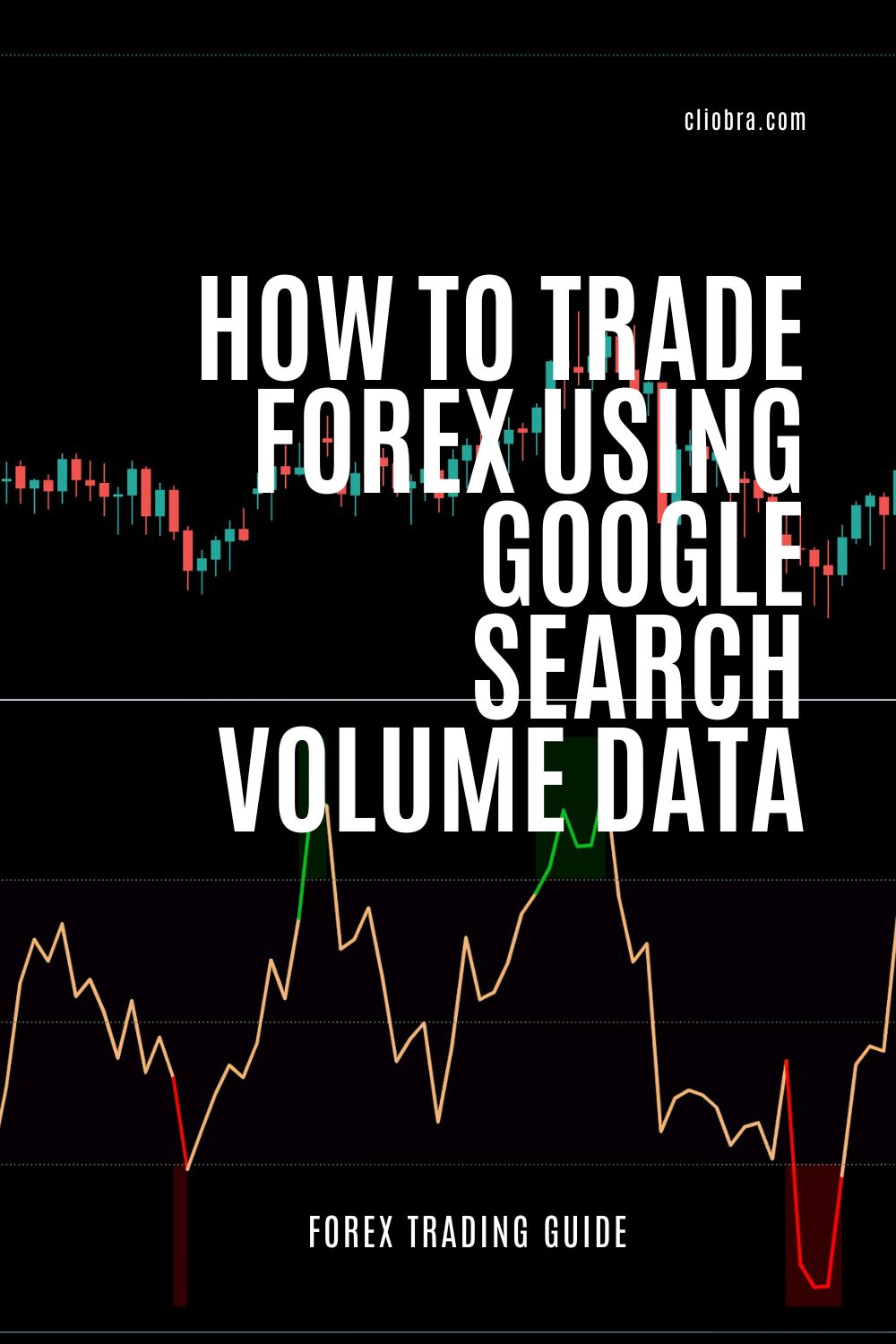Last Updated on March 27, 2025 by Arif Chowdhury
Ever felt lost in the Forex jungle?
You’re not alone.
Many traders struggle with knowing when to jump in or out of a trade.
If you’re asking yourself:
- “How can I make sense of all this data?”
- “How do I know if I’m on the right side of the market?”
Let’s break it down in a way that’s simple and actionable.
Understanding Google Search Volume Data 📊
First off, what is Google Search Volume Data?
It’s the number of times a particular term is searched on Google.
This data can be a goldmine for Forex traders.
Here’s why:
- Market Sentiment: High search volumes for a currency pair often indicate growing interest.
- Timing Trades: Increased searches can precede price movements.
For example, if searches for “EUR/USD trading” spike, it might be time to pay attention.
Why?
Because traders are gearing up for potential moves.
Retail Positioning: What’s the Deal? 🤔
Retail positioning refers to the average trader’s positions in the market.
You see, most retail traders are on the wrong side of the market more often than not.
Statistics show that around 70% of retail traders lose money.
Understanding where the majority is positioned can give you an edge.
Here’s how:
- Contrarian Strategy: If most traders are long on a pair, consider going short.
- Market Reversals: Retail positioning can signal potential reversals.
Combine this with Google search data, and you have a powerful approach.
Analyzing the Data
So, how do you actually analyze this data?
- Use Google Trends: Check the search volume over time.
- Monitor Retail Sentiment Indicators: Tools like the Commitment of Traders (COT) report can help.
- Cross-reference with Price Action: Look for divergences between search volume and price movements.
Let’s say you notice the search volume for GBP/USD is climbing, but retail traders are mostly short.
This could indicate a potential bullish move.
Stay ahead of the game by acting on this insight.
My Trading Journey 🚀
As a seasoned Forex trader since 2015, I’ve honed my skills through deep dives into both fundamental and technical analysis.
I’ve developed a unique trading strategy that has led to consistent profitability.
Part of this success comes from my 16 sophisticated trading bots.
These bots are designed to trade major currency pairs like EUR/USD, GBP/USD, USD/CHF, and USD/JPY.
Each bot is strategically diversified to minimize risks while maximizing returns.
Let me tell you, this multi-layered diversification is a game changer.
You might be wondering how this all ties together.
By leveraging both Google search volume data and retail positioning, my bots capitalize on market opportunities effectively.
Why Use Trading Bots? 🤖
Trading bots can help automate your strategies.
Here’s what sets my bots apart:
- Diverse Algorithms: Each currency pair has 3-4 unique bots.
- Long-term Focus: They target 200-350 pips for better performance over time.
- Proven Backtesting: My bots have been tested for the past 20 years, showing excellent results even in tough market conditions.
And the best part?
I offer this EA portfolio completely FREE.
You can check it out here.
Choosing the Right Forex Brokers
Now that you’ve got the tools, where do you trade?
Choosing the right broker is crucial.
Here are some tips:
- Look for Tight Spreads: This can save you money on each trade.
- Check Execution Speed: Fast execution can make or break your trades.
- Consider Customer Support: You want a broker that’s there when you need them.
I’ve tested several brokers, and I highly recommend checking out the best options here.
Conclusion
Trading Forex doesn’t have to be a shot in the dark.
By utilizing Google search volume data and retail positioning, you can make informed decisions.
Combine this knowledge with my 16 trading bots for a robust trading strategy.
Don’t forget to choose a reliable broker to maximize your success.
The Forex market is waiting for you.
Start trading smart today!
